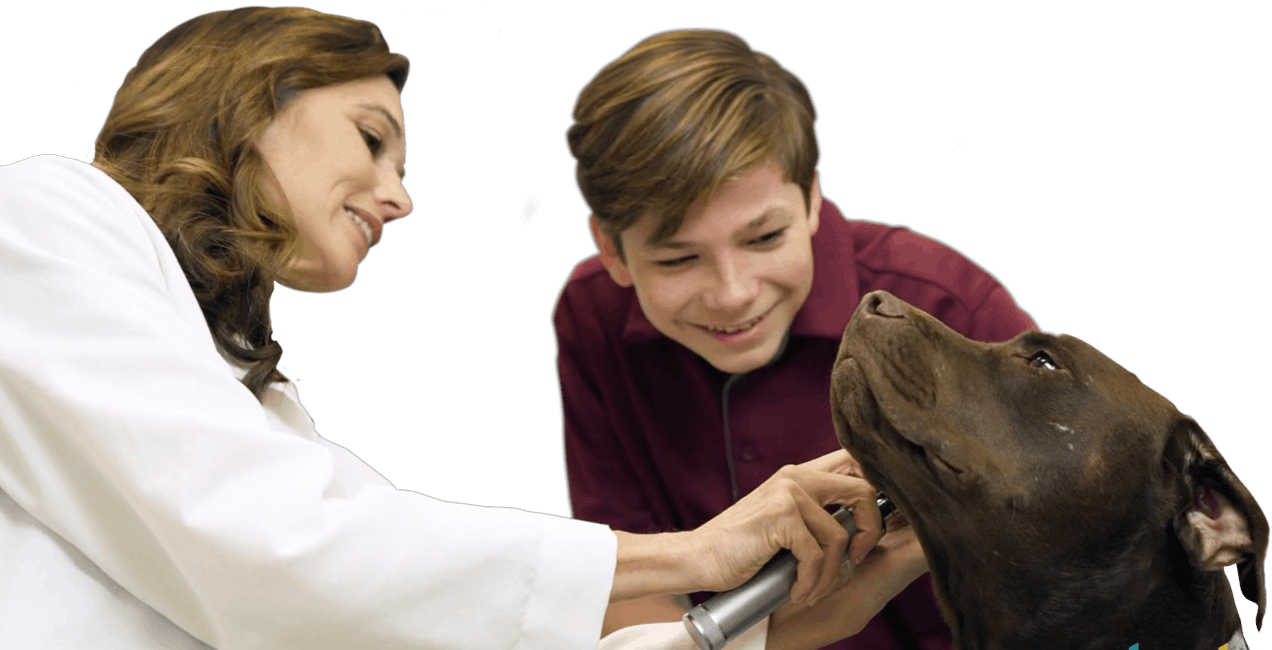WHAT YOU’LL SEE IN THIS VIDEO
In this video you’ll watch Dr. Adrienne Atkins, a veterinarian at the Jacksonville Zoo and Gardens, prepare her red wolf patient, Willow, for surgery. The first thing she and her team do is to move the sedated red wolf onto the radiograph machine. After placing Willow on gas anesthesia to keep her sleeping, the veterinary team takes radiographs of Willows chest and neck. Willow is then clipped and moved into the surgery room.
GROSS ALERT: LOW
 This video is low on the gross meter. It has a couple of things that could gross you out if you are very sensitive. You will see a surgeon hold a tube that is red because of blood. You will also see the veterinarian suture the incision closed.
This video is low on the gross meter. It has a couple of things that could gross you out if you are very sensitive. You will see a surgeon hold a tube that is red because of blood. You will also see the veterinarian suture the incision closed.
To keep the surgery area free of germs, the veterinary technician scrubs her hands and then puts on a sterile (free of germs) surgical gown and gloves. She then moves into the surgery room where she places drapes on Willow and lays out the surgical instruments. The veterinary surgeon, Dr. Tom McNicholas with Affiliated Veterinary Specialists, then comes in and checks the radiographs (x-rays) of the neck. The image the surgeon is viewing contains a measurement (in red) so that he knows how deep to drill. After this final review, he begins the procedure.
Dr. McNicholas finds the lesion on the neck and then removes the portion of the disc that was pressing on the spinal column and causing nerve problems for Willow. In some portions of the film you can hear the doctor using the Hall air drill to penetrate the bone and get closer to the problem disc. The incision is then sutured closed and the patient is taken to a room to recover.
Weeks later, Willow is shown in her cage fully recovered and healthy again.
THE SCIENCE OF VETERINARY MEDICINE
The symptoms that Dr. Atkins saw told her that Willow was having problems with some of the nerves in her neck. Veterinarians call this a neurologic condition (pronounce neurologic).
The bones that make up the spine of animals are separated by discs that providing padding and cushioning. These discs serve as shock absorbers in the animal. As they age, these discs can rupture and put pressure on the nerves in the neck area. This is what occurred in Willow’s case.
Willows case, like many disc problems, required surgical correction. In the procedure the veterinary surgeon removes the portion of the disc that is putting pressure on the spinal cord.
FAST FACTS
- An adult Red Wolf weighs between 50-90 lbs.
- A Red Wolf is typically 4 feet long from the nose to the tip of the tail.
- Disc disease can happen anywhere along the back but occurs in the neck of dogs 20% of the time.
- Neck bones are called cervical vertebrae
- Most canine cervical disc disease is seen in smaller dogs like the Dachshund, Pekinese, Beagle, and Lhasa Apso.















Comments Add Comment
clonefly
Cool!
Aussie23
This was really interesting! I love wolves!
Want to add a comment?
In order to comment you need to login or join Vet Set Go